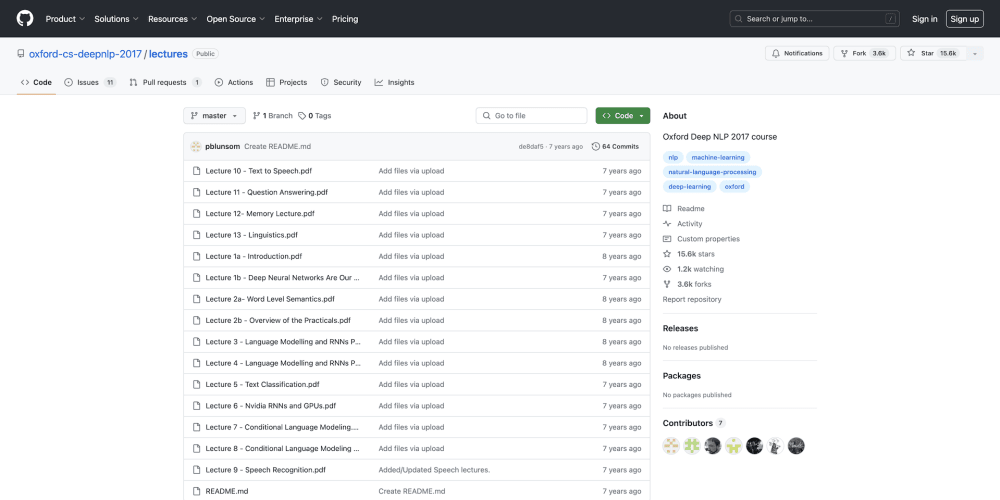When building a Django application, you might encounter scenarios where the template used to render a view needs to vary based on specific conditions. For example, you may want to show different templates based on the user's role, the type of request, or other dynamic factors. However, setting up multiple views for each condition could lead to redundant code and make maintenance challenging. The question then arises: How can you dynamically select a template in a class-based view without duplicating views?
Previous Considerations
Before diving into the solution, it's essential to understand how Django's class-based views work, particularly with templates. By default, a class-based view uses the template_name attribute to determine which template to render. This attribute is static, meaning it doesn't change dynamically based on runtime conditions. However, Django provides a method called get_template_names() that allows you to override this behavior, enabling dynamic selection of templates.
Understanding when and how to override this method can help in creating more flexible and maintainable views.
Solution
The get_template_names() method is your key to dynamically selecting templates in class-based views. By overriding this method, you can return different template names based on the logic you define. Django will attempt to render the first template in the list that exists. This approach allows you to keep the logic within a single view while handling different rendering scenarios.
Here’s a basic implementation of how you can use get_template_names():
from django.views.generic import TemplateView
class RoleBasedView(TemplateView):
template_name = 'default_template.html'
def get_template_names(self):
user_role = self.request.user.role # Assuming the User model has a 'role' attribute
if user_role == 'admin':
return ['admin_template.html']
elif user_role == 'editor':
return ['editor_template.html']
else:
return [self.template_name]
In this example, the template rendered depends on the user's role, providing a flexible and maintainable solution to dynamic template selection.
Examples (Based on 'User Role')
Let's explore how get_template_names() works in practice with a common use case: rendering different templates based on a user's role.
Consider an application with three user roles: Admin, Editor, and Viewer. The goal is to show a different dashboard template for each role.
Here's how you can implement this:
class DashboardView(TemplateView):
template_name = 'dashboard/default.html'
def get_template_names(self):
role = self.request.user.role # Custom logic to determine the user's role
if role == 'admin':
return ['dashboard/admin.html']
elif role == 'editor':
return ['dashboard/editor.html']
elif role == 'viewer':
return ['dashboard/viewer.html']
else:
return [self.template_name]
In this example:
-
Admin users see the
dashboard/admin.htmltemplate. -
Editors see the
dashboard/editor.htmltemplate. -
Viewers see the
dashboard/viewer.htmltemplate. - If a user role doesn’t match any of the conditions, a default template (
dashboard/default.html) is used.
Pros vs Cons
Pros:
- Flexibility: Easily render different templates based on dynamic conditions.
- Code Reusability: Avoids redundant code by keeping the logic within a single view.
- Maintainability: Centralizes the template selection logic, making it easier to update or change conditions in the future.
Cons:
-
Complexity: Adding too much logic within
get_template_names()can make the view harder to understand and maintain. - Testing: More complex logic requires thorough testing to ensure that the correct template is always selected.
- Performance: If the method includes heavy logic or database queries, it might affect performance slightly.
Conclusion
Django’s get_template_names() method is a powerful tool for dynamically selecting templates within class-based views. It allows you to keep your code DRY (Don’t Repeat Yourself) and your views maintainable while offering the flexibility to handle complex rendering scenarios. However, as with any tool, it's essential to use it judiciously, balancing flexibility with maintainability and performance. By understanding when and how to use get_template_names(), you can create Django applications that are both powerful and easy to manage.


















